Profitability Ratios
-
Gross Profit Margin
-
Net Profit Margin
-
Return on Assets (ROA)
-
Why Profitability Ratios Matter
Profitability Ratios
Profitability ratios measure how well a business is generating profits
from its sales, assets, or equity. In simple terms, they show whether the
company is making money—and how efficiently it's doing so.
“Profitability is the reason most businesses exist—these ratios show if it’s working.”
“Profitability is the reason most businesses exist—these ratios show if it’s working.”
1. Gross Profit Margin
The gross profit margin is
calculated using the formula: (Revenue – Cost of Goods Sold) ÷ Revenue × 100.
This ratio reveals how much of the revenue remains as profit after covering the
direct costs of producing goods or delivering services. In other words,
it shows how efficiently a business is managing its production costs. A higher
gross profit margin indicates that the company is either keeping costs low
or pricing its products effectively, both of which are signs of strong
financial performance.
2. Net
Profit Margin
The
net profit margin is calculated
using the formula: Net Profit ÷ Revenue × 100.
This ratio shows how much of every dollar earned by the business actually turns
into profit after deducting all
expenses, including operating costs, interest,
and taxes. It provides a clear and comprehensive view of the
company’s overall profitability. A higher net profit margin
means the business is managing its costs well and retaining more income from
its sales.
3. Return on Assets (ROA)
The
Return on Assets (ROA) is
calculated using the formula: Net Profit ÷ Total Assets ×
100. This ratio measures how effectively a business is using
its assets to generate profit. In simple terms, it tells you how much profit
the company earns for every dollar it has invested in assets. A higher ROA indicates greater
efficiency, meaning the business is getting more out of the resources it owns
and is managing its assets well to produce income.
4. Why Profitability Ratios Matter
Profitability ratios help
business owners and investors understand whether the company is doing more than
just surviving—is it thriving?
These ratios provide insights into cost control,
pricing strategy, and overall financial performance,
which are key to long-term success.
Key Takeaways
✅ Profitability ratios measure how well a business turns
revenue into profit
✅ Gross margin focuses on direct production costs
✅ Net margin reflects total profitability after all expenses
✅ ROA shows how efficiently assets are being used
✅ These ratios help guide pricing, budgeting, and growth strategies
✅ Gross margin focuses on direct production costs
✅ Net margin reflects total profitability after all expenses
✅ ROA shows how efficiently assets are being used
✅ These ratios help guide pricing, budgeting, and growth strategies
Write your awesome label here.
Access all Accounting and Bookkeeping Courses from One Portal.
Mastering Bookkeeping and Accounting
MBA simplifies accounting, ledger management, account balancing and financial statement preparation.
QuickBooks Online For Bookkeepers
From Beginner to Expert: Master QuickBooks Online. Effortlessly Navigate, Analyze Transactions, and Unlock its Full Potential.
Xero Accounting For Bookkeepers
Learn how to use Xero, the leading online accounting software to perform most of the essential bookkeeping tasks.
ChatGpt for Bookkeepers and Accountants
Learn how to use the ChatGPT prompt toolkit to simplify daily accounting tasks for accountants and bookkeepers instantly.
Subscribe to our newsletter
Stay informed with the latest accounting tips, tools, and updates from Accountutor right in your email inbox.
Thank you!
Policy Pages

Download QuickBooks Online PDF Guide
Thank you!
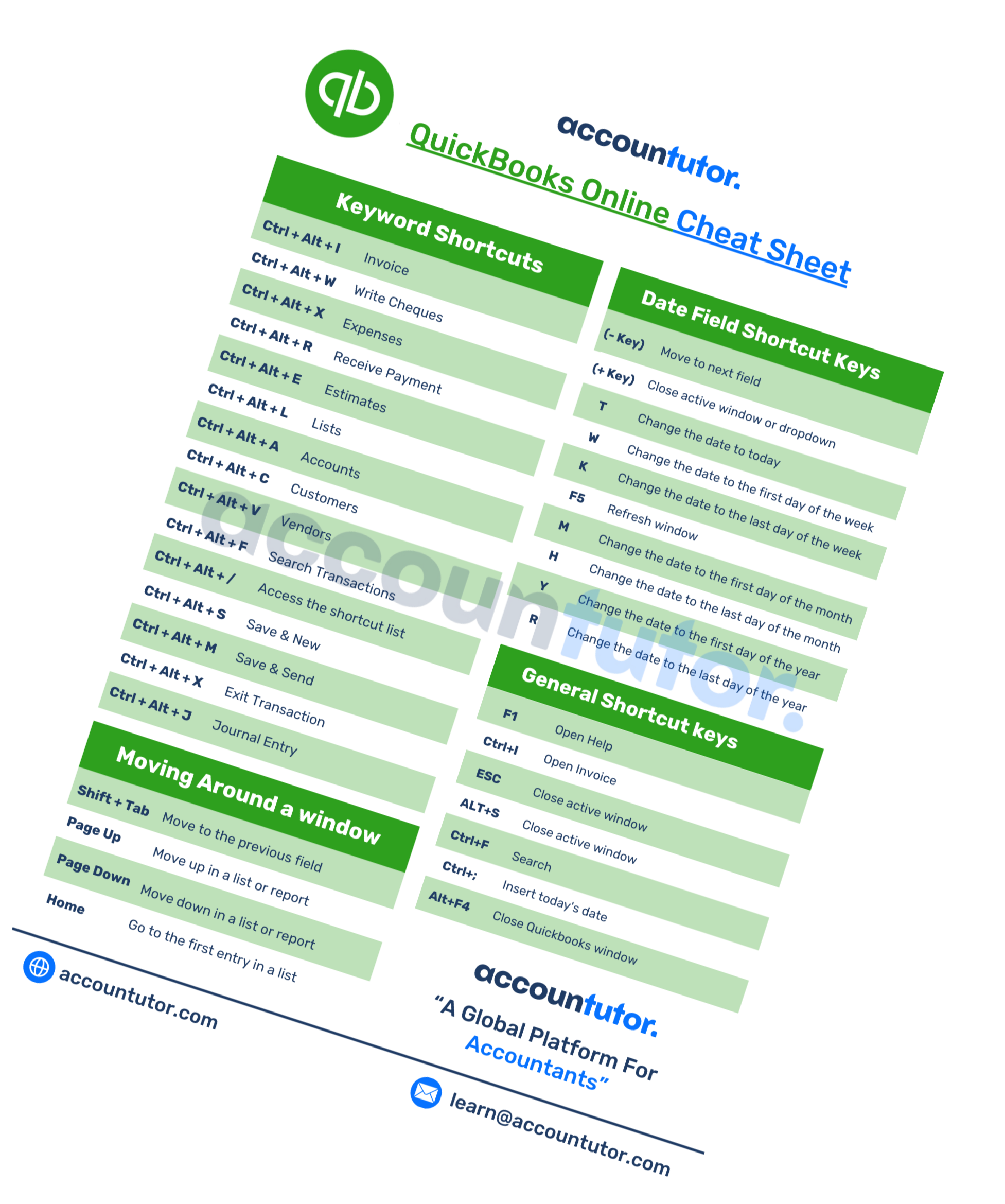
Download QuickBooks Online Cheat Sheet
Thank you!

Download ABCD of Accounting
Thank you!
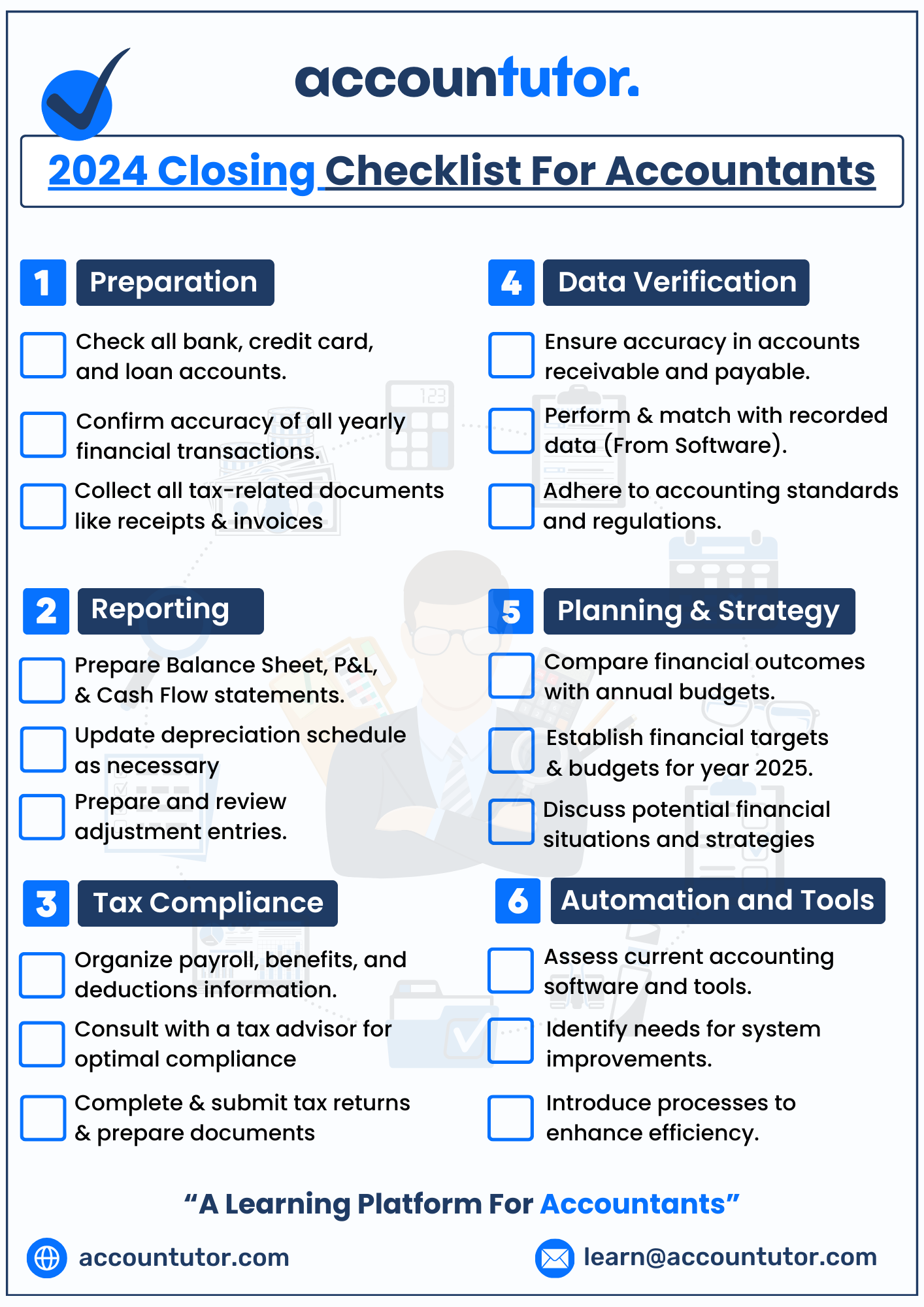
Download Checklist 2024
Thank you!
Register For Free!
Thank you!
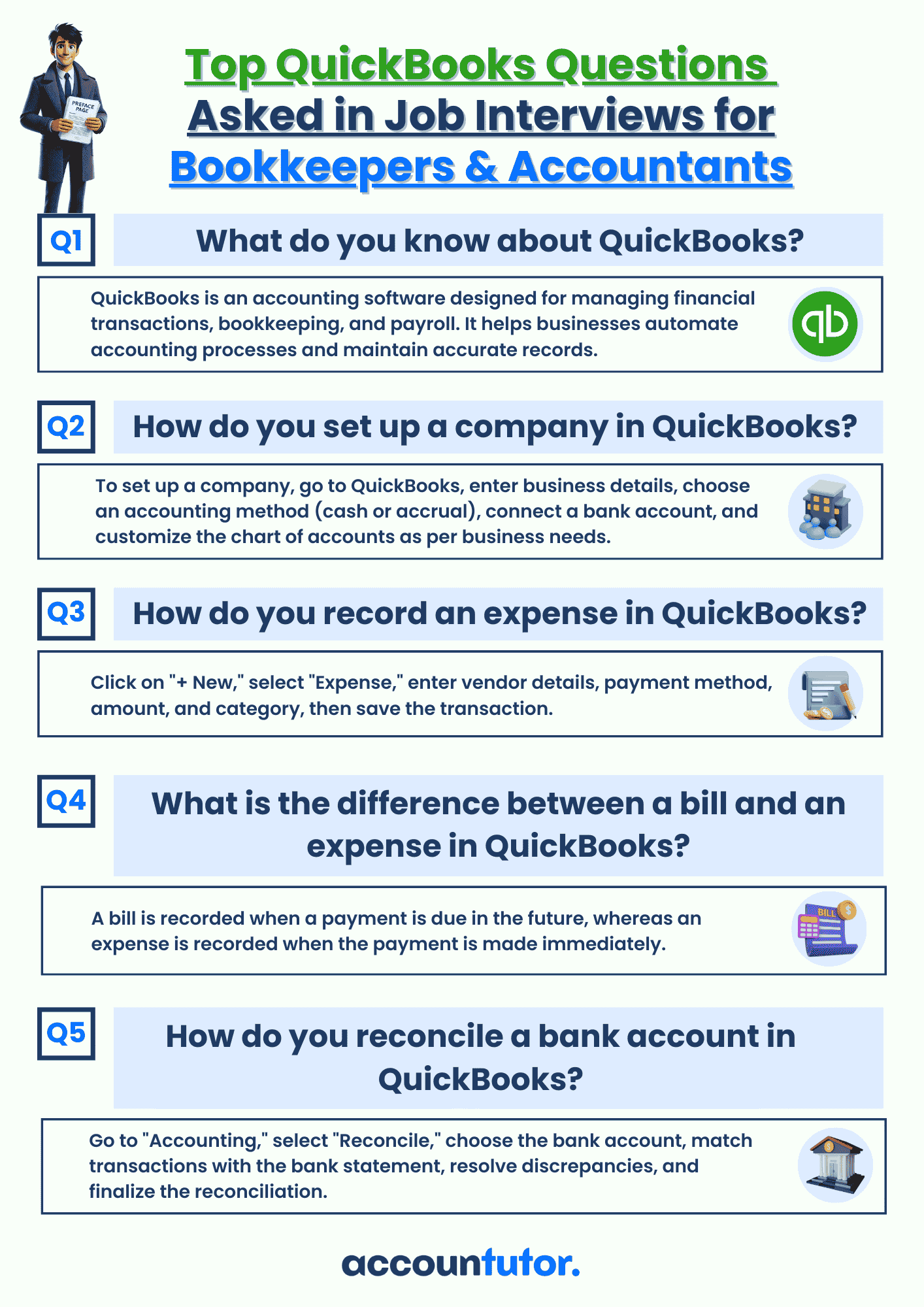
Download Interview Questions
Thank you!
Register for this webinar: How to Master QuickBooks Online— Without Feeling Overwhelmed
7th JUNE 2025 | 8:00 AM PST | 11:00 AM EST
Thank you! The joining link will be sent to your email shortly!
Webinar joining link will be sent to your email address.
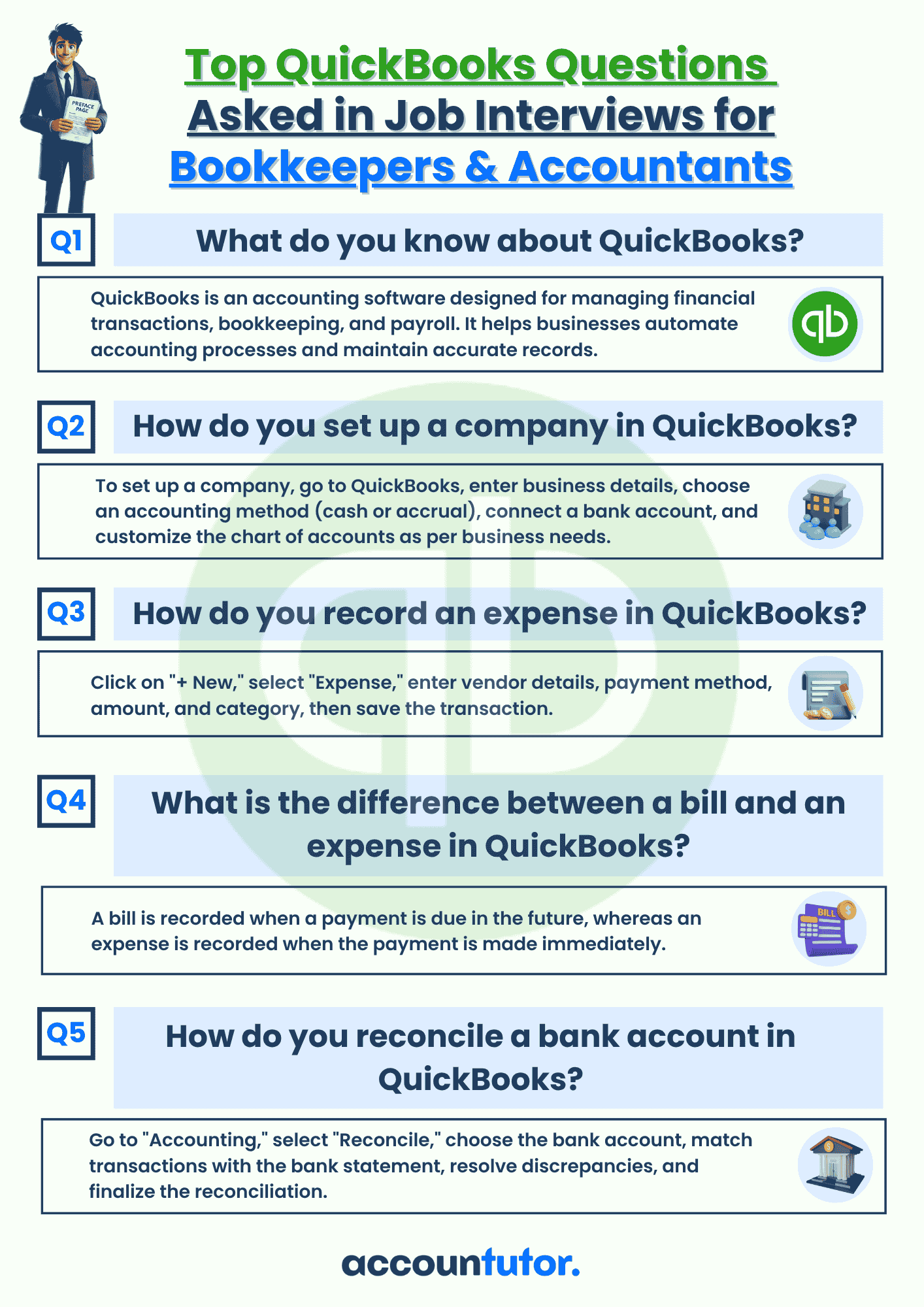
Download QBO Job Interview Questions and Answers PDF
Thank you!
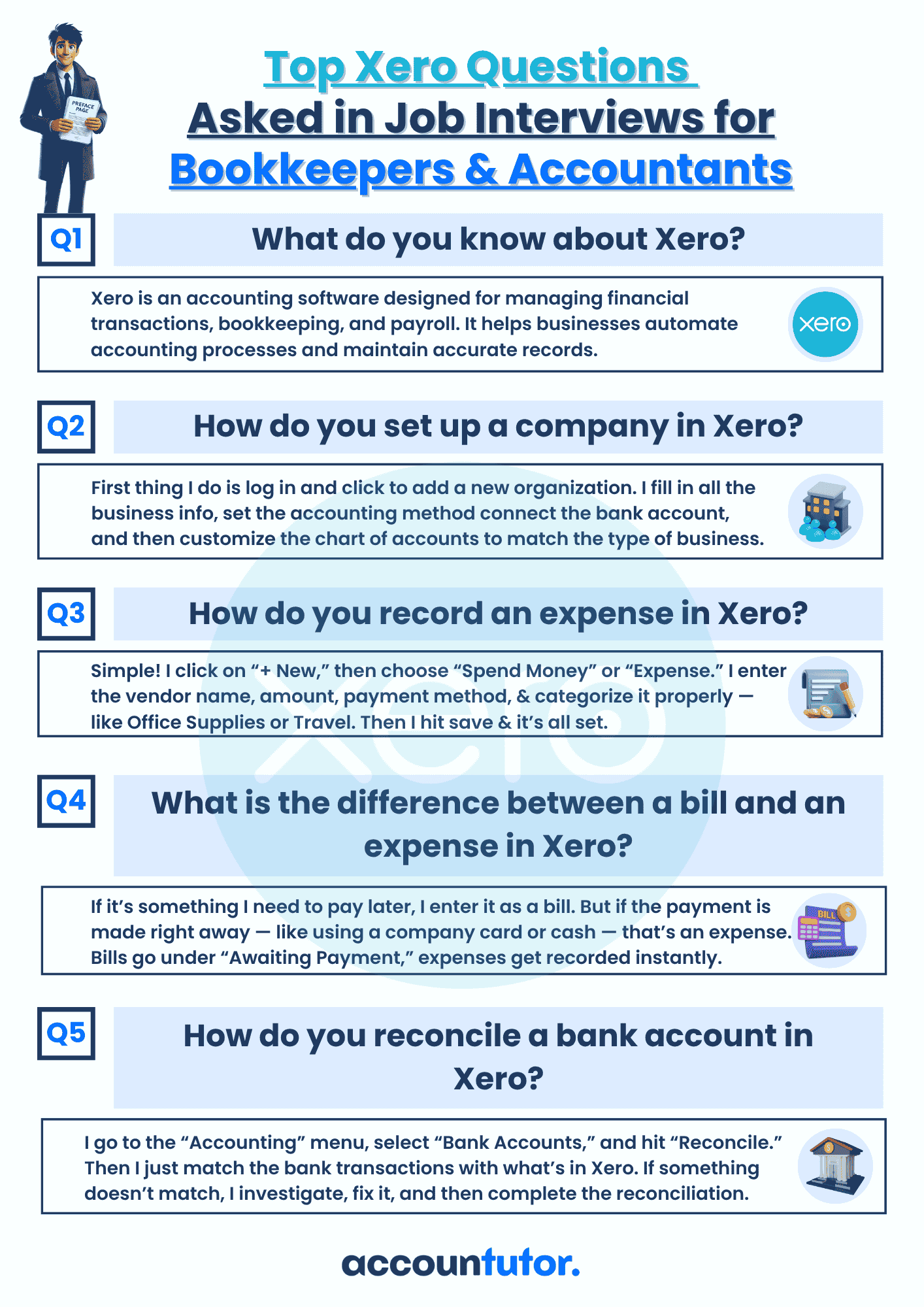
Download Interview Questions
Thank you!

Download 50 Interview Questions For Bookkeepers
Thank you!

Download QuickBooks Online Guidebook
Thank you!

